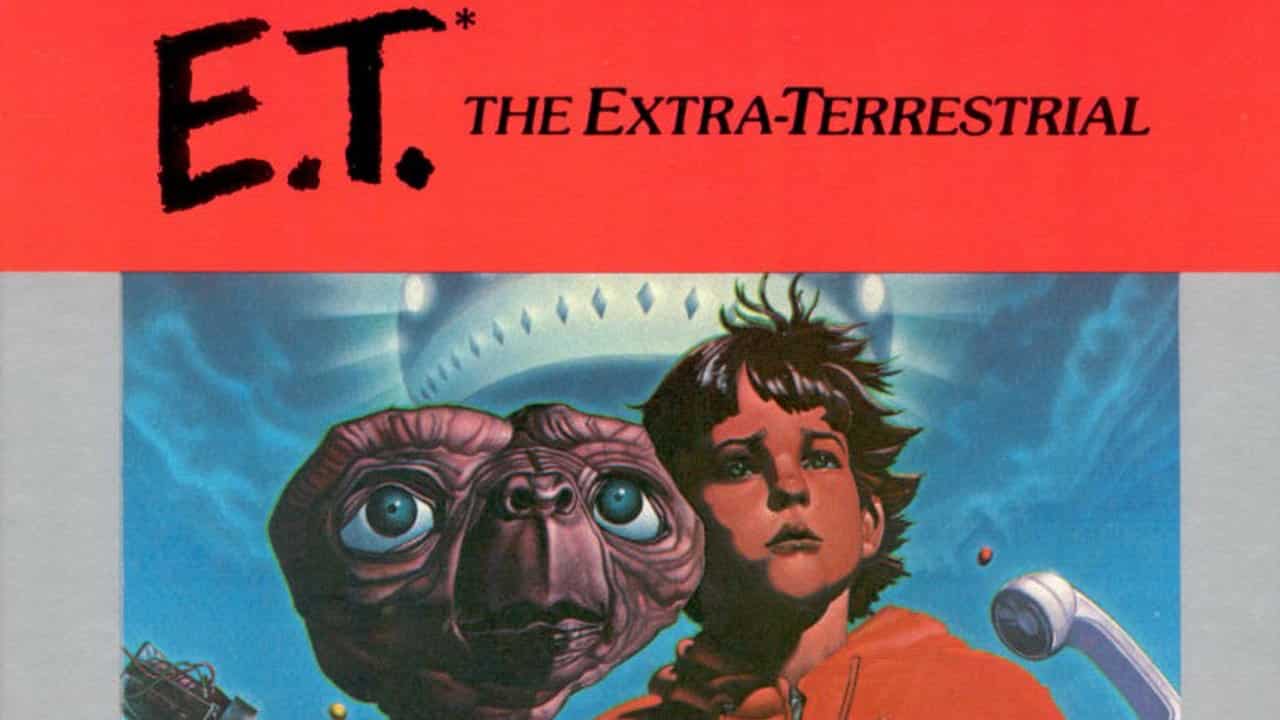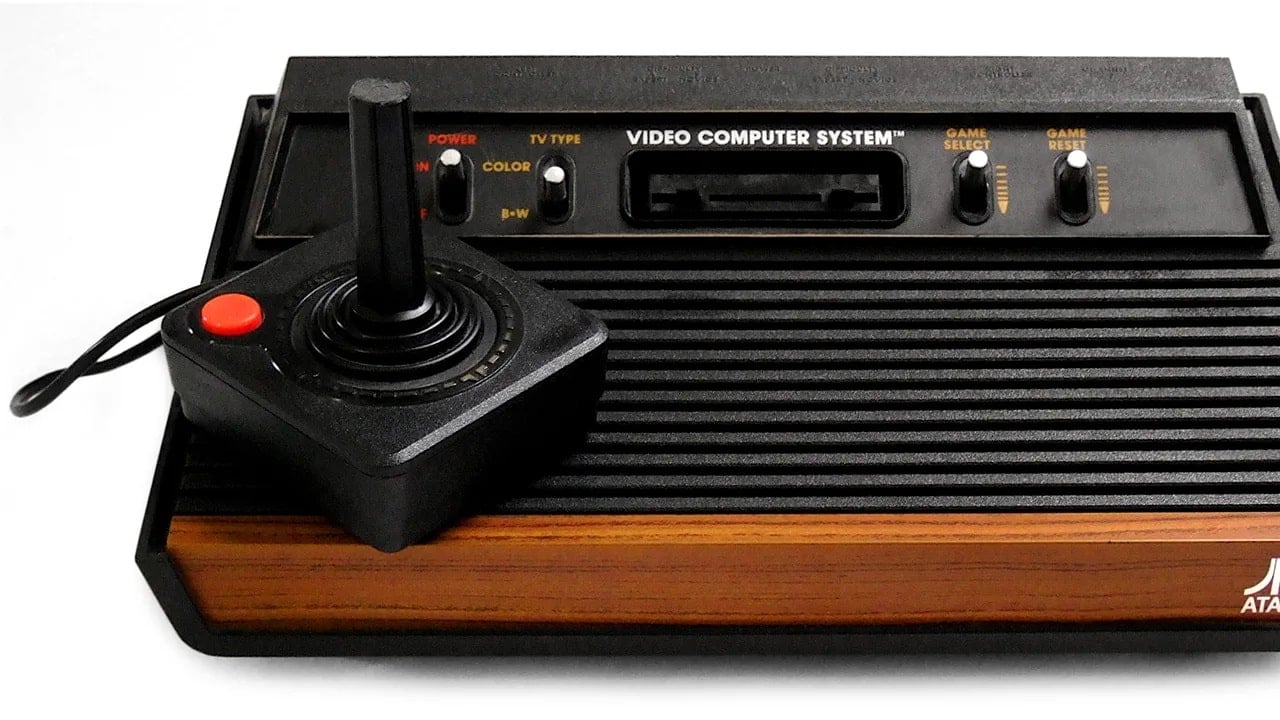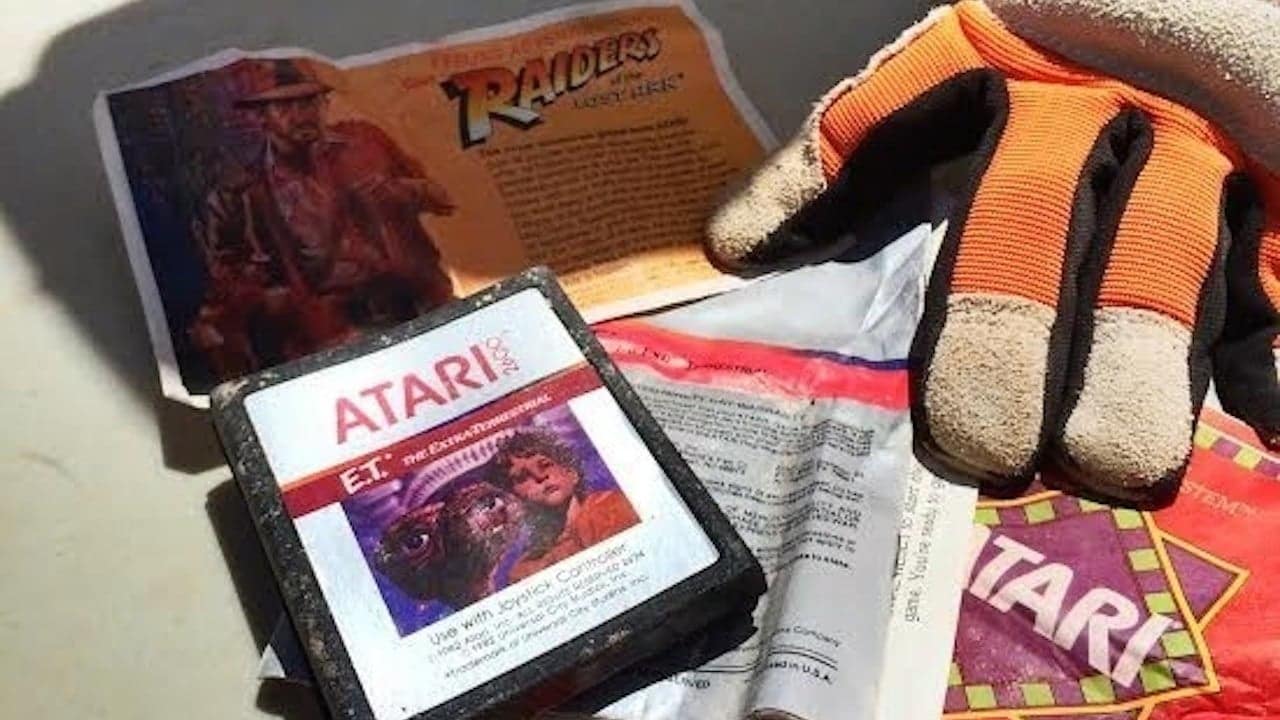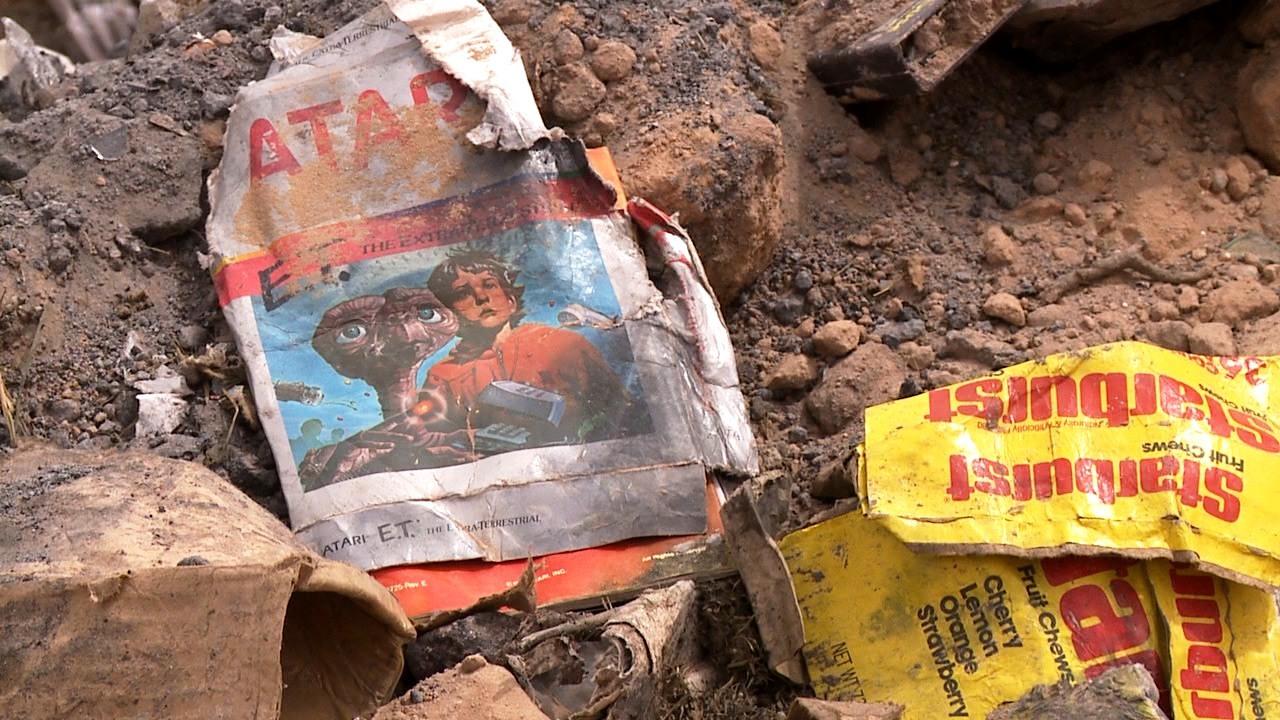The gaming industry might be one of the most thriving entertainment industries in the world right now, but a few decades ago, it was one the verge of collapse. Following the release of Atari’s E.T. the Extra-Terrestrial for the Atari 2600 back in 1982, the industry would experience the greatest slump in its history for a short while before Nintendo would seize the market. Here’s the infamous story of E.T., Atari and the video game crash of 1983.
Before we begin, I highly recommend checking out a 2014 documentary titled Atari: Game Over by screenwriter Zak Penn, who was successful in excavating the landfill site where Atari’s dumped cartridges were found. It helped to provide some vital information present in this article.
READ MORE Exoprimal Gets Hours of Gameplay Following Network Test
The Great Console Rush

Atari might be a lesser-known entity today, but back in the late 70s and early 80s, it was the market leader in video game home consoles. The Atari Video Computer System (or Atari VCS) would be rebranded into the Atari 2600 in late 1982 following its massive success during the second generation of consoles. Around 10 million Atari consoles lined American households during this time, leading to what I personally like to call the Great Console Rush.
Naturally, the market became oversaturated with competitors all attempting to replicate Atari’s success. As a result, dozens of home consoles were produced in the early 80s – almost all at once too. Consumers had a bit too much to choose from, and since the idea of third-party publishers was still in its infancy (with Activision being among the first), Atari still published almost all of its own games. Competing consoles also produced its own games and suddenly, the selection of titles was vast but spread dangerously thin across several pieces of hardware.
Atari’s Gamble

Atari needed to stay ahead of the market and began making some big gambles. The first video game based on a film, Raiders of the Lost Ark, released in 1981 and become a mild success for the Atari 2600. The game’s designer, Howard Scott Warshaw, would become an important figure for future events in this saga. Raiders of the Lost Ark sold less than a million copies, but more importantly, it showed a flicker of interest for video games based on popular films at the time.
Another risky play was the release of Pac-Man for the Atari 2600. Atari apparently produced 12 million copies of the game – this is while the Atari 2600 only populated 10 million homes. Atari simply hoped that consumers would buy a console just to play Pac-Man, leading to a weird reverse-sales strategy where game demands powered the desire to buy consoles. The company’s head was in the right place, but this would cost them dearly.
Worst of all, the version of Pac-Man released for the Atari 2600 was, rather inexplicably, a prototype and resembled nothing like its arcade counterpart, which was the core of the criticism thrown at the game by consumers and critics. However, that didn’t stop it from selling 8 million copies, becoming the Atari 2600’s best-selling game of all time – though still stopped short of its lofty sales expectations.
Enter the Extra-Terrestrial

Filmmaker Steven Spielberg entered the picture in 1982. The release of his next hit film, E.T. the Extra-Terrestrial, was fast approaching and the opportunity for merchandising was immense. This, of course, included a video game adaptation. Atari employed Raiders of the Lost Ark designer Warshaw to code and develop a game based on E.T. in just six weeks to meet the holiday season. By today’s standards, that’s absolutely insane, but miraculously, he got it done.
In late 1982, the Atari 2600 saw the release of E.T. the Extra-Terrestrial, a game based on the film – and the backlash was swift. The game was heavily panned for its bad graphics, dull plot and terrible gameplay that rendered it virtually unplayable. The goal behind the game was simple: E.T. needed to avoid capture by hunters and occasionally dodge pits. If he fell in a pit, he’d have to use his alien powers to glide back to the surface.
Sales were disastrous, to say the least. Atari reportedly produced around 4 million units of the game and 3.5 million came back, not counting several demands for refunds from buyers. They suddenly had warehouses full of unsold cartridges and a hefty investment (including the $25 million that Atari paid for licensing rights) that backfired spectacularly.
Aftermath, Recession and the PC

Atari was devastated by the commercial failure of E.T., which was one of the major contributors behind the video game industry crash to come. Atari limped into 1983 and so did the numerous market competitors in America. It was evident that more money was being spent than being earned – risks without rewards and misguided estimations of success. This eventually led to a large-scale recession that saw the collapse of the video game market over the next two years, primarily in the United States; a drop-off from $3.2 billion in 1983 down to just $100 million in 1985.
Between Pac-Man and E.T. the Extra-Terrestrial, Atari’s brand image was severely hurt and consumers gradually lost confidence in the company. Atari sales slowed to a crawl in 1983, despite efforts to win back consumer trust with releases like Ms. Pac-Man. Another driving factor behind the lack of interest in home consoles was the advent of personal computers at the time, which provided stiff competition to Atari and other console manufacturers. It was a steep uphill climb and a fall that Atari simply couldn’t recover from.
The rest of the industry followed closely behind as interest in arcades began to dwindle too, leading to the abrupt end of the golden age of arcades in 1984. The word “game” had a negative connotation to it – so much so that even PC-focused magazines used the word “simulations” when describing computer games.
As a result of the video game crash, Atari was sold off in 1984 where it later rebranded as Atari Games Inc. Competing console manufacturers weren’t so lucky as many of them were either sold off too or closed outright.
Digging Up History

Unable to sell the millions of cartridges piled up at its warehouses, Atari reportedly dumped its excess stock in a landfill out in New Mexico. At least 728,000 cartridges were buried in the landfill, according to former Atari manager James Heller. For the next three decades, this landfill of lost Atari cartridges become something of an urban legend in the gaming industry (a brilliant music video about it called “When I Wake Up” by Wintergreen documented the legend). That was until Hollywood screenwriter Zak Penn launched an excavation in 2014 to quite literally get to the bottom of the legend.
Penn led a team of excavators to the rumoured location of the landfill dump to dig up the site, unearthing history in the process. 1,300 cartridges were dug up, with around 10% of these being copies of E.T. the Extra-Terrestrial. More could’ve been discovered at the site, but over 1,000 cartridges was enough to give this urban legend the confirmation and closure it needed.
Phoenix Story

The video game crash in the United States saw a drastic power shift in the home console market as Japan rose to dominance. In the midst of the crash, Nintendo shifted its business to creating its breakout home console, the Nintendo Famicom (or Nintendo Entertainment System in the West). Nintendo would dominate the home console market in the late 80s and become the industry leaders soon after – a title that it wrestled for in the generations to come.
The market in the United States would also recover but not under Atari’s reign. By 1986, Nintendo began exporting the Famicom (or NES) to the US and Western markets outside of Japan. By 1989, Nintendo had managed to sell a staggering 35 million units in America alone and raised the industry to a record-high $5 billion, securing the company’s takeover of the market. Sega became Nintendo’s biggest competition in this period as they battled for market dominance leading into the 90s and thus, the console wars were born. As they say, the rest is history.

